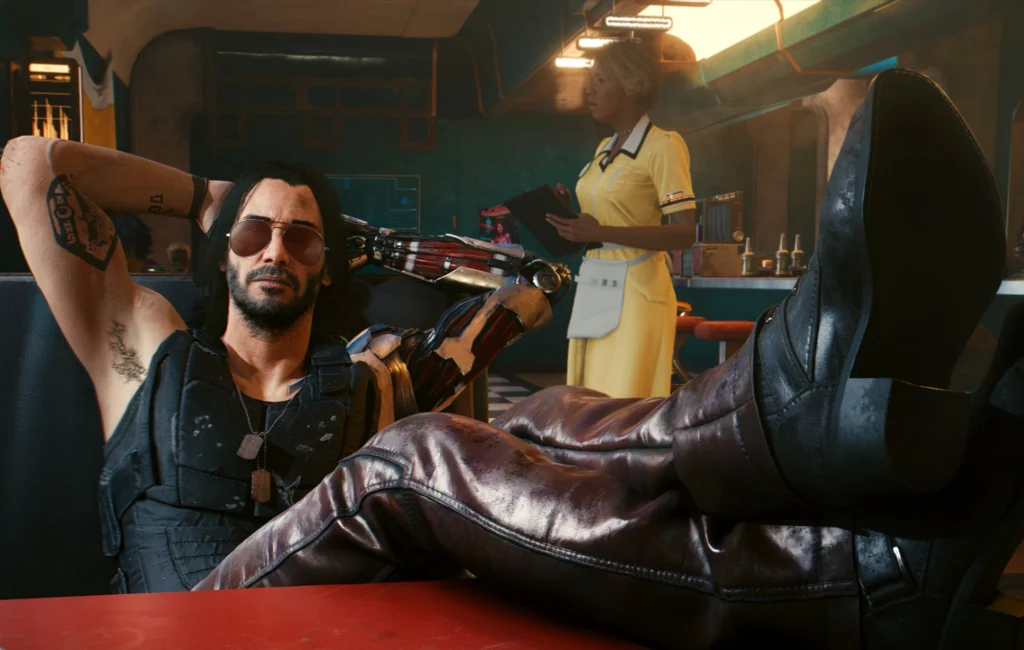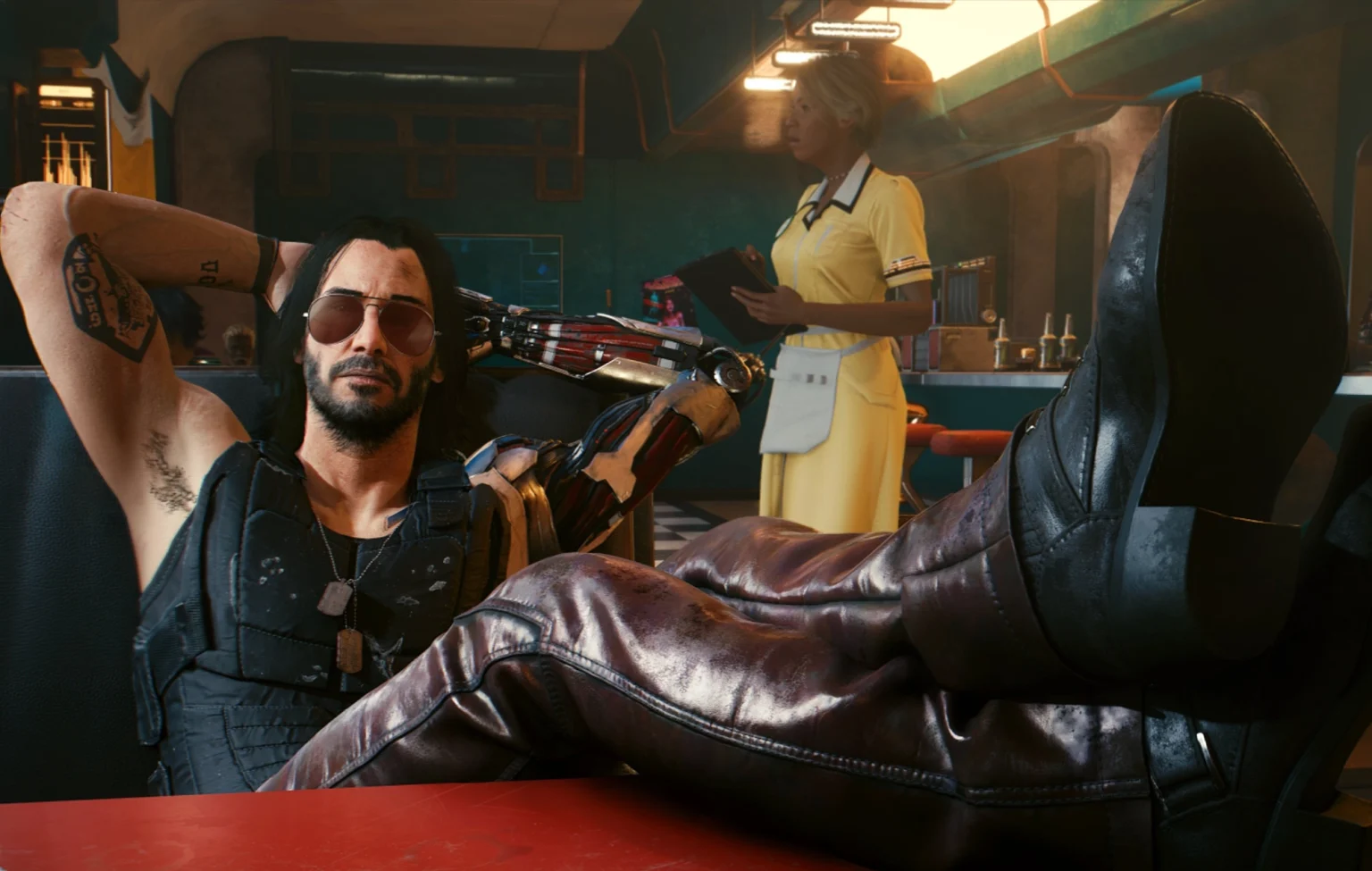The video game industry has undergone a dramatic transformation in recent decades. As technology advances, the bar for graphical fidelity, immersive experiences, and complex narratives has risen dramatically. This, in turn, has led to a surge in development costs, with some titles now boasting budgets that rival Hollywood blockbusters. While bigger budgets can translate into richer experiences, they also come with immense pressure and the potential for spectacular failure. Here, we delve into three of the most expensive video games ever made, exploring their development journeys, the controversies they sparked, and the ultimate impact they had on the industry.
1. Star Citizen: The Unfulfilled Dream (Estimated Cost: Over $415 Million)

Star Citizen stands as a testament to both the ambition and potential pitfalls of high-budget game development. Cloud Imperium Games, the studio behind the project, launched a series of record-breaking crowdfunding campaigns, raising over $300 million from passionate backers. This unprecedented sum was further bolstered by additional funding, pushing the estimated total cost to a staggering $415 million. However, Star Citizen’s story takes a dramatic turn here. Despite starting development in 2011, the game remains unreleased, with no concrete release date in sight. This perpetual delay has frustrated backers and fueled a sense of disillusionment. While Cloud Imperium Games continues to showcase impressive tech demos and alpha builds, the lack of a tangible product has cast a shadow over the project’s future. The question of whether Star Citizen will ever justify its colossal development cost remains unanswered.
2. Star Wars: The Old Republic – A Profitable Legacy (Estimated Cost: Over $200 Million)

Electronic Arts (EA) took a different approach with Star Wars: The Old Republic, a massively multiplayer online role-playing game (MMORPG) set in the beloved Star Wars universe. While its estimated cost of over $200 million falls short of Star Citizen’s eye-watering sum, it was still a significant investment. However, EA’s gamble paid off. Star Wars: The Old Republic has enjoyed a loyal player base since its release nearly a decade ago. The game continues to receive regular updates, demonstrating EA’s commitment to the project’s longevity. More importantly, Star Wars: The Old Republic has reportedly surpassed $1 billion in revenue, proving that a high development cost can translate into financial success when paired with a strong brand and ongoing content support.
3. Cyberpunk 2077: A Cautionary Tale (Estimated Cost: $174 Million)

CD Projekt Red’s Cyberpunk 2077 was one of the most anticipated games of the past decade. The Polish developer, known for its critically acclaimed Witcher series, promised a sprawling open-world experience with a deep story and stunning visuals. Unfortunately, the reality fell far short of the hype. Cyberpunk 2077 launched in a buggy and technically flawed state, particularly on last-generation consoles. This led to widespread player disappointment and a public relations nightmare for CD Projekt Red. While the studio has since released numerous patches and updates, the damage was done. Cyberpunk 2077’s story serves as a cautionary tale, highlighting the dangers of overpromising and the importance of thorough testing before launch. Despite selling millions of copies, the game’s troubled launch left a lasting stain on CD Projekt Red’s reputation.
The Evolving Landscape of Game Development
These three case studies represent a microcosm of the evolving landscape of video game development. As budgets continue to rise, developers face the challenge of balancing ambition with realistic timelines and player expectations. The success of Star Wars: The Old Republic demonstrates the potential rewards of a well-managed long-term strategy. On the other hand, Star Citizen and Cyberpunk 2077 illustrate the risks associated with unfulfilled promises and technical shortcomings.
The future of gaming undoubtedly lies in even more immersive and visually breathtaking experiences. However, it’s crucial to remember that a high price tag doesn’t guarantee success. Ultimately, the games that resonate with players are those that deliver on their promises, prioritize quality over hype, and adapt to the ever-changing needs of the gaming community.













